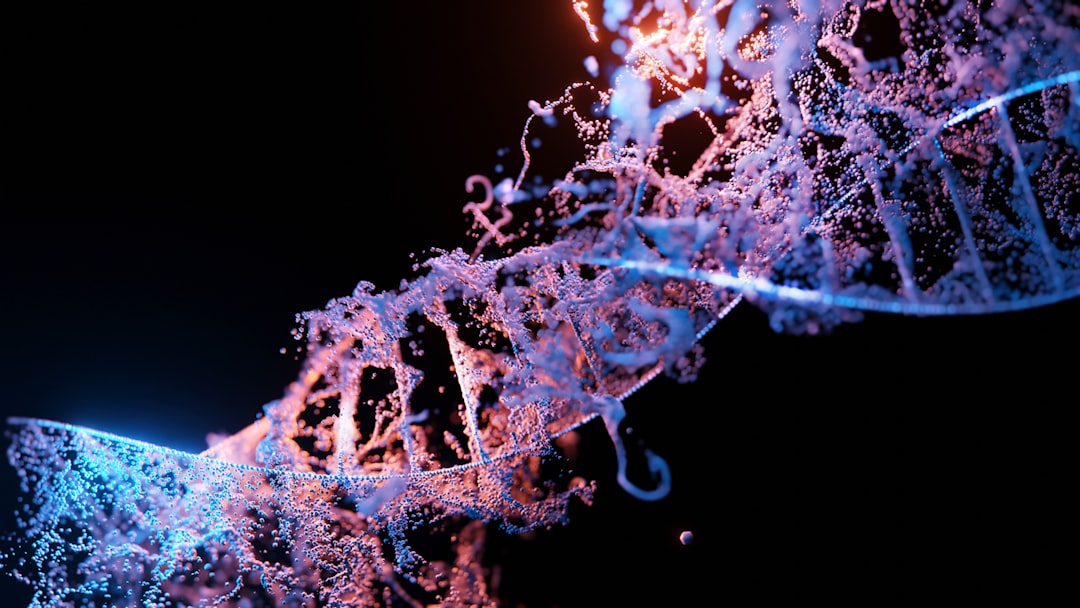What is it about?
The maintenance of skeletal muscles is important for mobility and metabolism. While exercise induces muscle growth, immobility, starvation, disease and ageing lead to loss of muscle mass (atrophy) and strength. During metamorphosis of the fruit fly Drosophila melanogaster, most larval muscles undergo programmed cell death are replaced by adult muscles. A small group of persistent muscles escapes cell death and is remodeled into adult muscles. We developed a new method consisting of 5-day time-lapse microscopy, targeted gene knockdowns and custom image analysis software to study the development of these remodeled muscles. We show that remodeling is controlled by genes whose homologs control muscle size in humans. Some of these genes regulate protein synthesis (e.g. TOR pathway) or degradation (autophagy). One of the most exciting aspects of this study was the discovery that nuclei perform migrations during atrophy that resemble the movement of chromosomes in mitosis of dividing cells. Skeletal muscles, as opposed to most other cell types, contain multiple nuclei. Similar nuclear migrations are also found in early muscle development, when founder cells fuse with muscle stem cells, indicating the atrophy can be viewed as a dedifferentiation process.
Featured Image
Why is it important?
Muscle wasting is a debilitating condition associated with ageing, disease and immobility. An easy to use and low-cost disease model in fruit flies can help to identify new drug targets and study their molecular mechanisms. In addition, abnormal nuclear positioning is a phenotype of many muscle diseases. As such, studying nuclear migration during muscle remodeling can provide new insights those muscle diseases.
Perspectives
In a previous publication in 2007, I speculated that persistent muscles that escape cell death and shrink during metamorphosis could be a model for muscle atrophy. Our new approach enabled us to confirm this prediction by demonstrating that ageing and disease related atrophy in humans and developmental atrophy in flies share the same molecular pathways.
Dr Martin Wasser
BioImagingMW
Read the Original
This page is a summary of: A model of muscle atrophy based on live microscopy of muscle remodelling inDrosophilametamorphosis, Royal Society Open Science, February 2016, Royal Society Publishing,
DOI: 10.1098/rsos.150517.
You can read the full text:
Contributors
The following have contributed to this page










